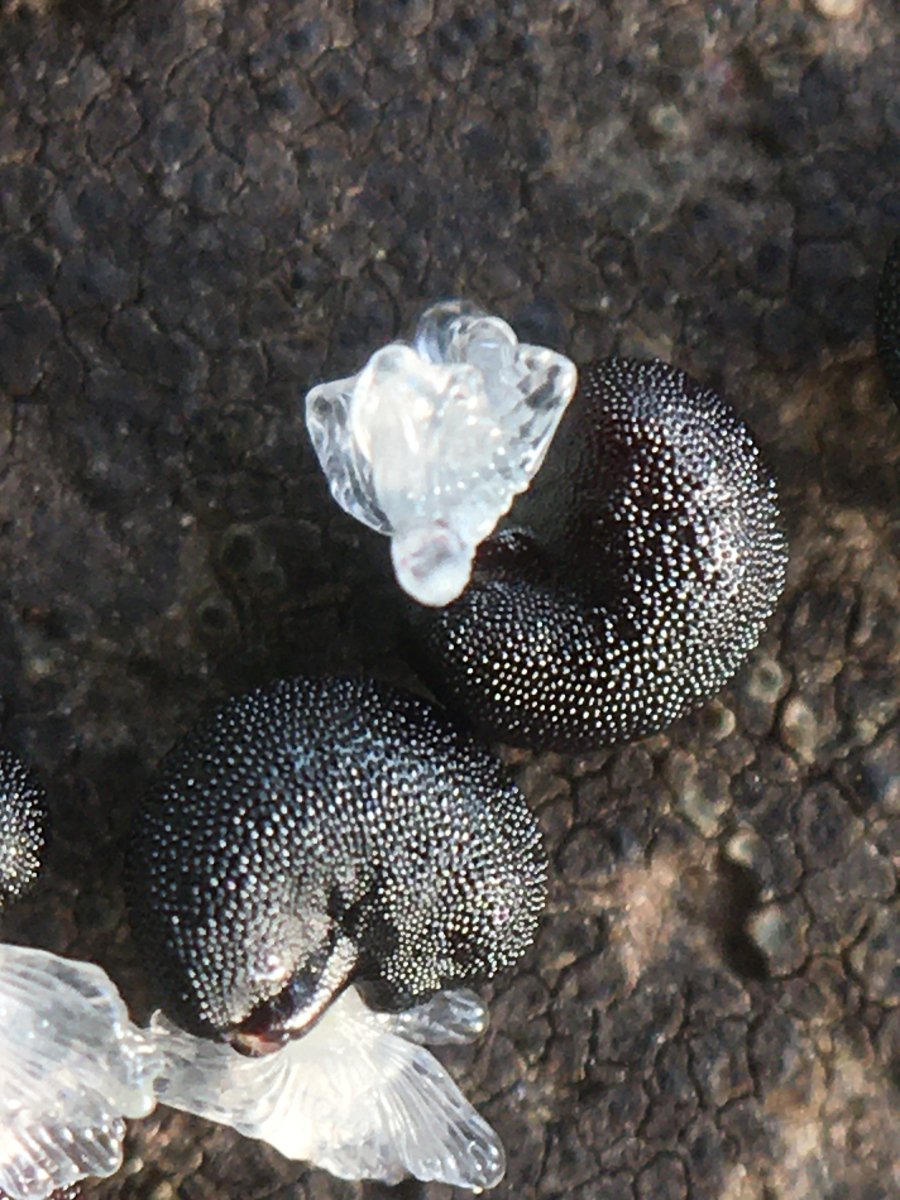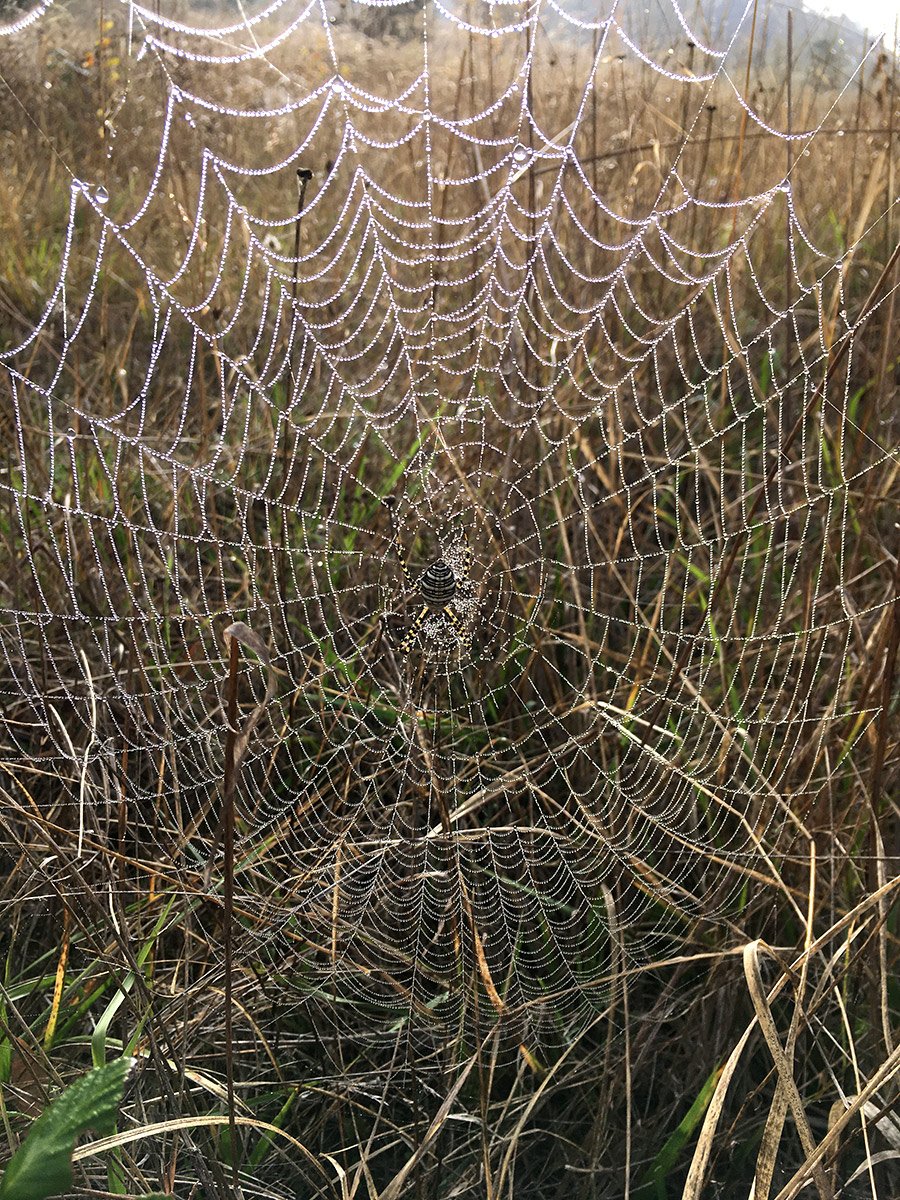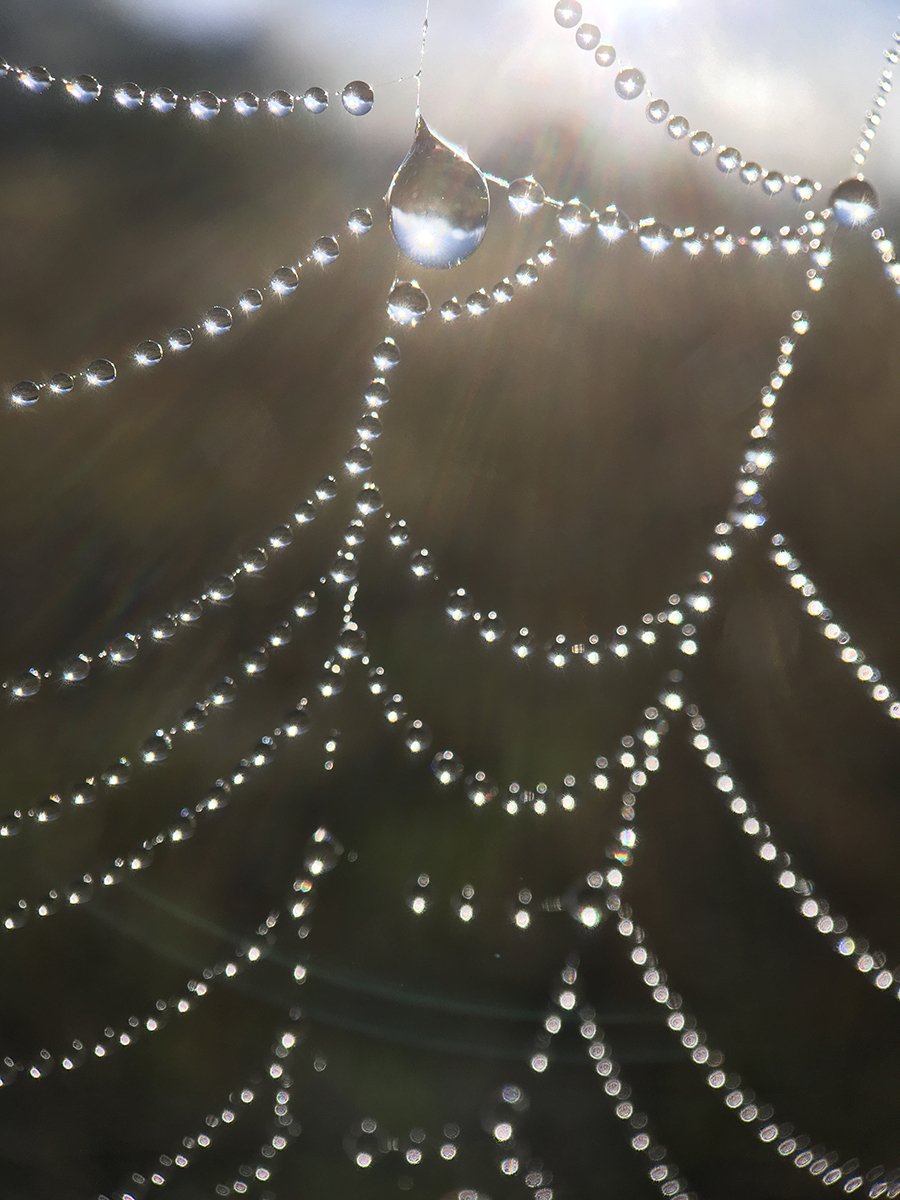The small, ephemeral stream that flows off the hillside next to the white oak pavilion is still softly trickling. As I follow the stream up the trail, there are places where the water is continuing to fill shallow pools.
In these pools, oval shadows ringed with light dance around the floor. Creating this celestial event are water striders! Where their feet contact the surface, it makes small dimples that are eclipsing the sun.
Miraculously, the surface tension of the water holds them up. They also have tiny hairs on their feet that trap air bubbles that help them stay buoyant and allow them to easily propel themselves along.
As distant images of the cosmos are streaming into our world from the James Webb telescope, these small pools remind me of the infinite universe contained within our planet earth.































































